Email Marketing That Doesn’t Feel like Spam

Many small businesses send emails that feel more like digital junk mail than genuine communication. They blast the same generic message to their entire list, wonder why nobody opens their emails, then assume email marketing doesn't work. The reality is that most business owners are approaching email marketing backwards, treating their subscribers like numbers rather than real people with specific needs and interests.
This disconnect shows up in the numbers. Research from recent email marketing studies reveals that small business emails struggle with average open rates below 15% and click-through rates under 2%. Compare this to personalised, well-segmented campaigns that regularly achieve 25-35% open rates and 5-8% click-through rates, and the difference becomes stark.
The Real Problem Behind Poor Email Performance
The issue isn't that email marketing has stopped working. People still check their emails daily, often multiple times. The problem lies in how most small businesses approach their email strategy. They treat every subscriber the same way, regardless of where that person sits in their customer journey.
Think about it from the recipient's perspective. Someone who just discovered your business has completely different needs than a loyal customer who's bought from you five times. Yet most businesses send identical emails to both groups, wondering why their messages feel irrelevant and get ignored.
Generic promotional content compounds this problem. When every email screams "Buy now!" without providing genuine value, subscribers quickly learn to ignore or unsubscribe. The relationship becomes transactional rather than relational, and trust erodes with each irrelevant message.
Building the Relationship Email Strategy
The solution centres on treating email marketing as relationship building rather than just sales promotion. This approach requires shifting from broadcast messaging to personalised communication that acknowledges where each subscriber stands in their journey with your business.
Segment Your Audience by Journey Stage
Start by dividing your email list into 3-5 meaningful categories based on customer behaviour and engagement level. New subscribers need different content than repeat customers. Someone who abandoned their cart requires a different approach than someone who just made their first purchase.
Create segments like "New Subscribers" for people who joined in the last 30 days, "Engaged Prospects" for those who open emails regularly but haven't purchased, "First-Time Buyers" for recent customers, and "Loyal Customers" for repeat purchasers. This foundation allows you to craft relevant messages for each group's specific situation.
Craft Subject Lines That Connect
Keep subject lines under 50 characters and focus on specific benefits rather than vague promises. Instead of "Special Offer Inside," try "Save 20% on your favourite coffee blend" or "Quick tip: Double your Instagram reach." The goal is immediate clarity about what value the email contains.
Personalisation goes beyond inserting someone's name. Reference their purchase history, browsing behaviour, or engagement patterns. "Sarah, your usual order is back in stock" performs better than "Hi Sarah, check out our products."
Deliver Consistent Value
Send valuable content weekly that helps subscribers solve problems or achieve goals, even when you're not selling anything. Share industry insights, behind-the-scenes stories, practical tips, or customer success examples. This approach builds trust and keeps your business top-of-mind when they're ready to buy.
The key is maintaining consistency. Weekly emails work better than sporadic monthly blasts because they create expectation and habit. Subscribers begin looking forward to your messages when they consistently provide value.
Simplify Your Calls-to-Action
Include one clear call-to-action button per email. Multiple competing buttons confuse recipients and reduce overall response rates. Make the action specific and easy to understand: "Download the free guide," "Book your consultation," or "Shop the new collection."
The Measurable Impact
Businesses implementing this relationship-focused approach typically see open rates increase to 25-35% and click-through rates jump to 5-8%. More importantly, they generate 20-30% more sales from existing customers because their emails feel relevant and helpful rather than pushy.
These improvements compound over time. Better engagement rates improve your sender reputation, leading to better inbox delivery. Subscribers who regularly engage with valuable content become more likely to make purchases and recommend your business to others.
Getting Started This Week
Begin by auditing your current email list and identifying natural segments based on purchase history, signup date, and engagement level. Most email platforms provide this data automatically.
Write three different email templates for your main segments, focusing on their specific needs and interests. Test subject lines that mention concrete benefits rather than generic promises.
Schedule your first value-focused email for next week. Share a genuine insight, tip, or story that helps your audience without asking for anything in return. Monitor the response compared to your usual promotional emails.
Email marketing works when it feels like communication from a helpful business rather than spam from a faceless corporation. The difference lies in treating subscribers as individuals with specific needs rather than anonymous email addresses to bombard with sales pitches.
Read Similar Success Stories
Discover how other businesses have transformed their marketing challenges into growth opportunities through strategic partnerships with us.
Ready to stop struggling with your marketing?
Book a 20-minute call today and discover how clear communication can transform your business.


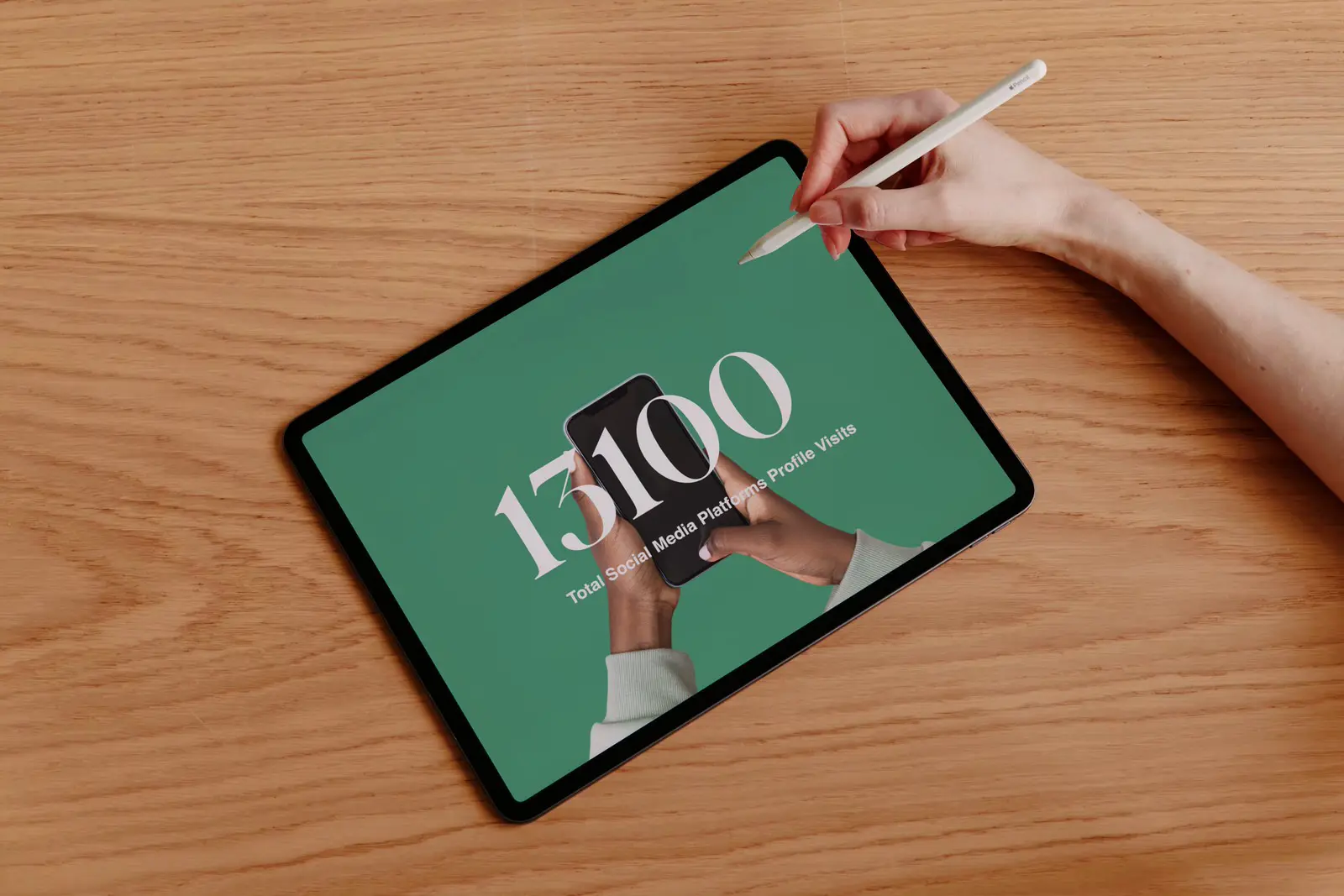

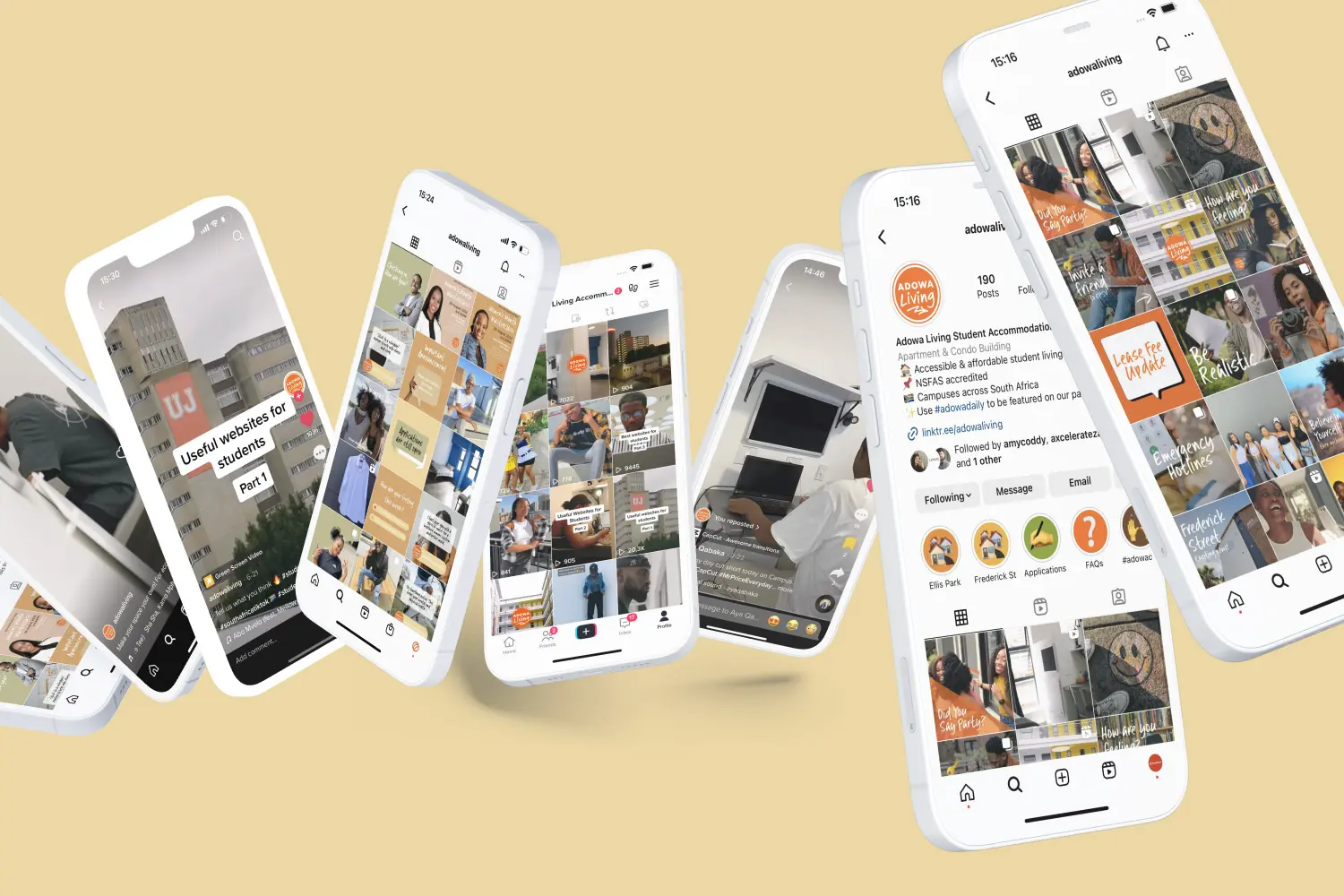
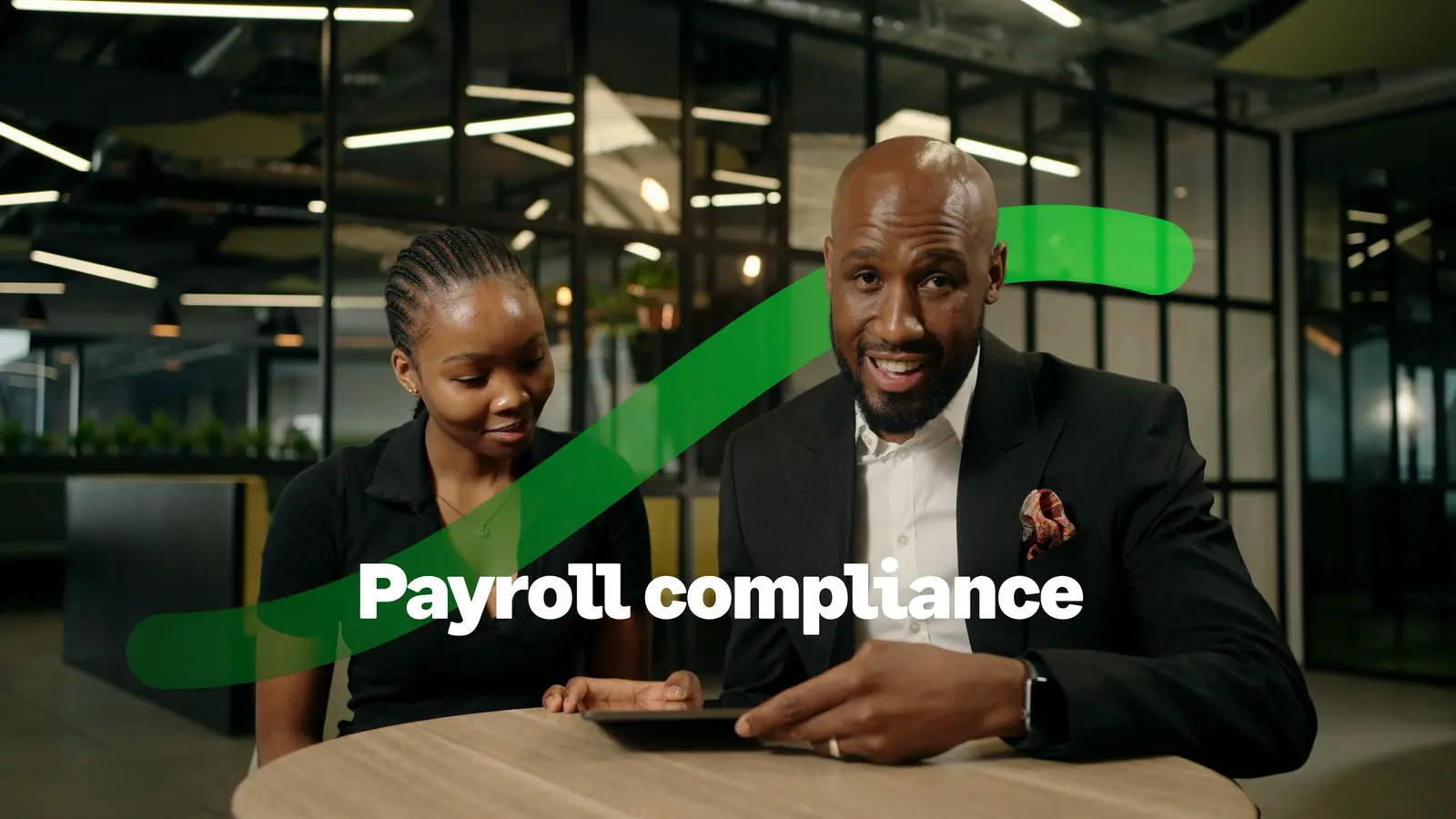



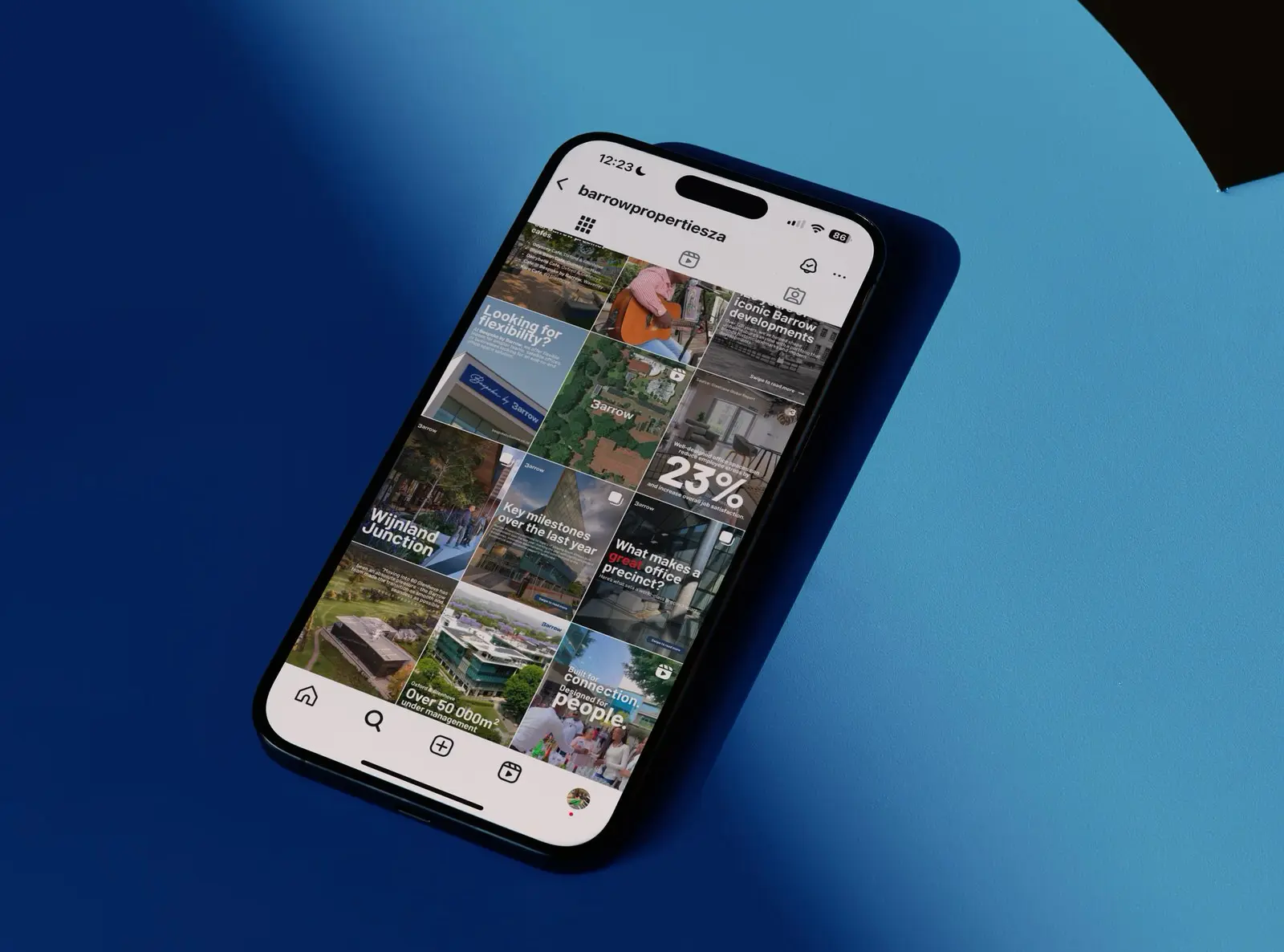
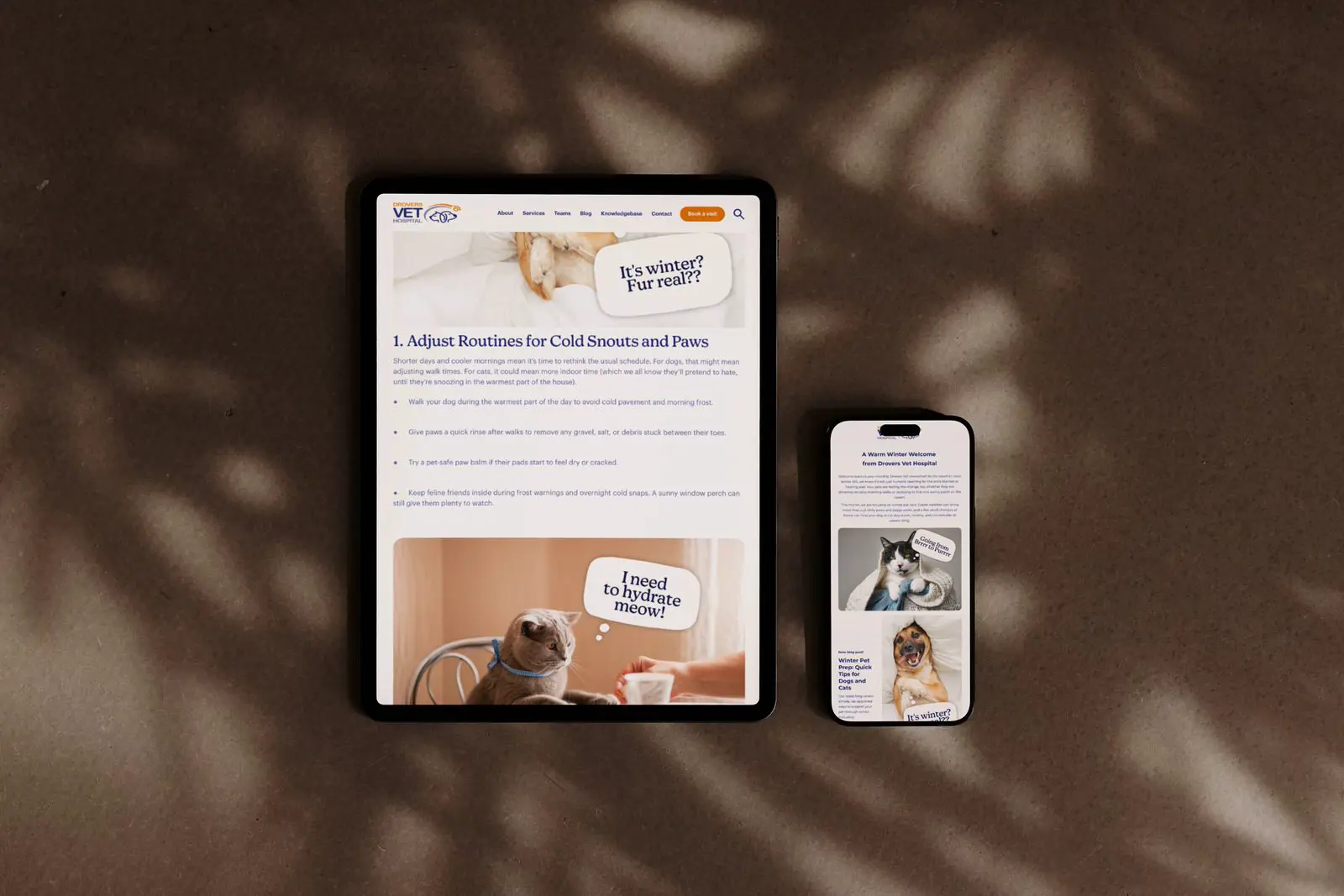

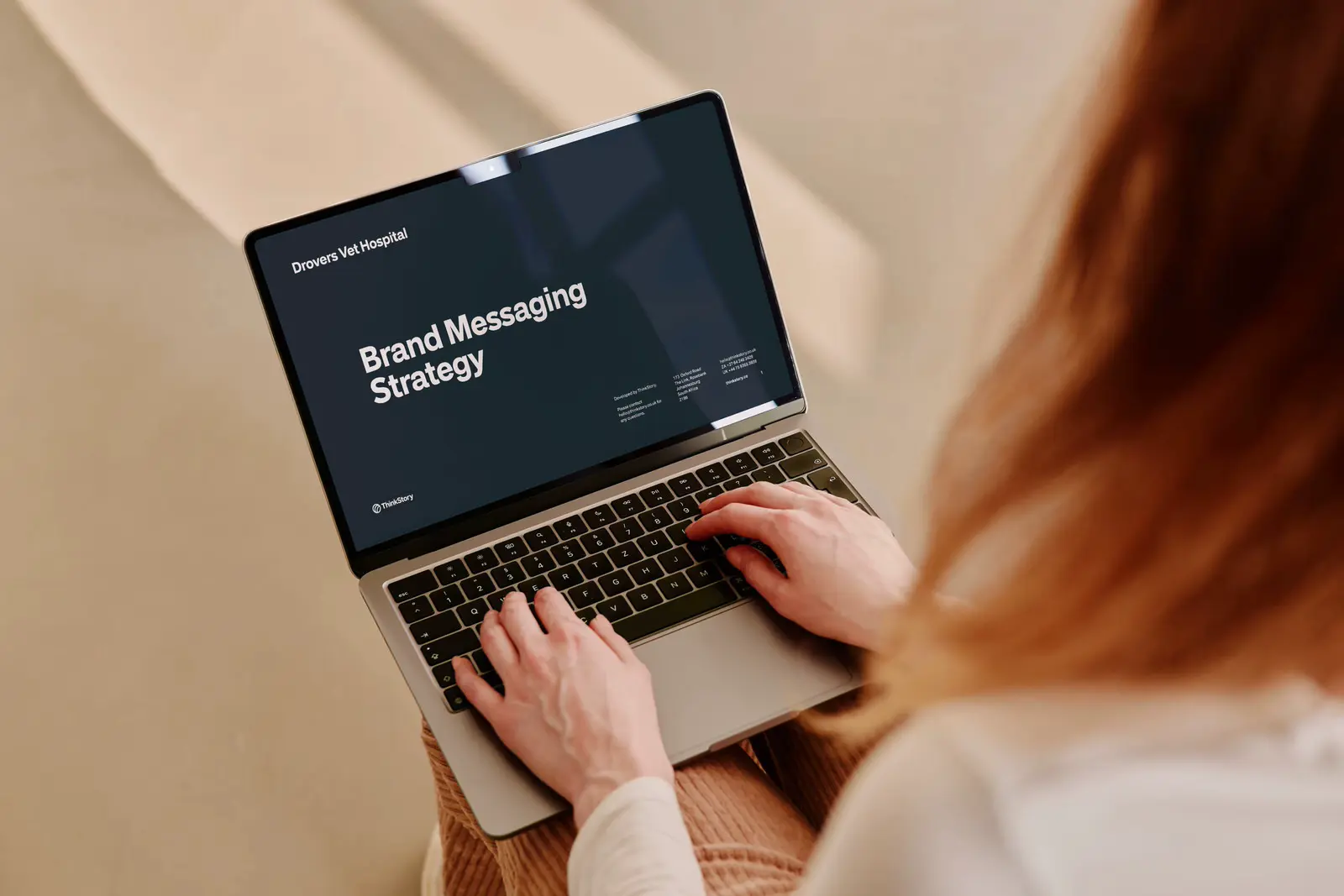
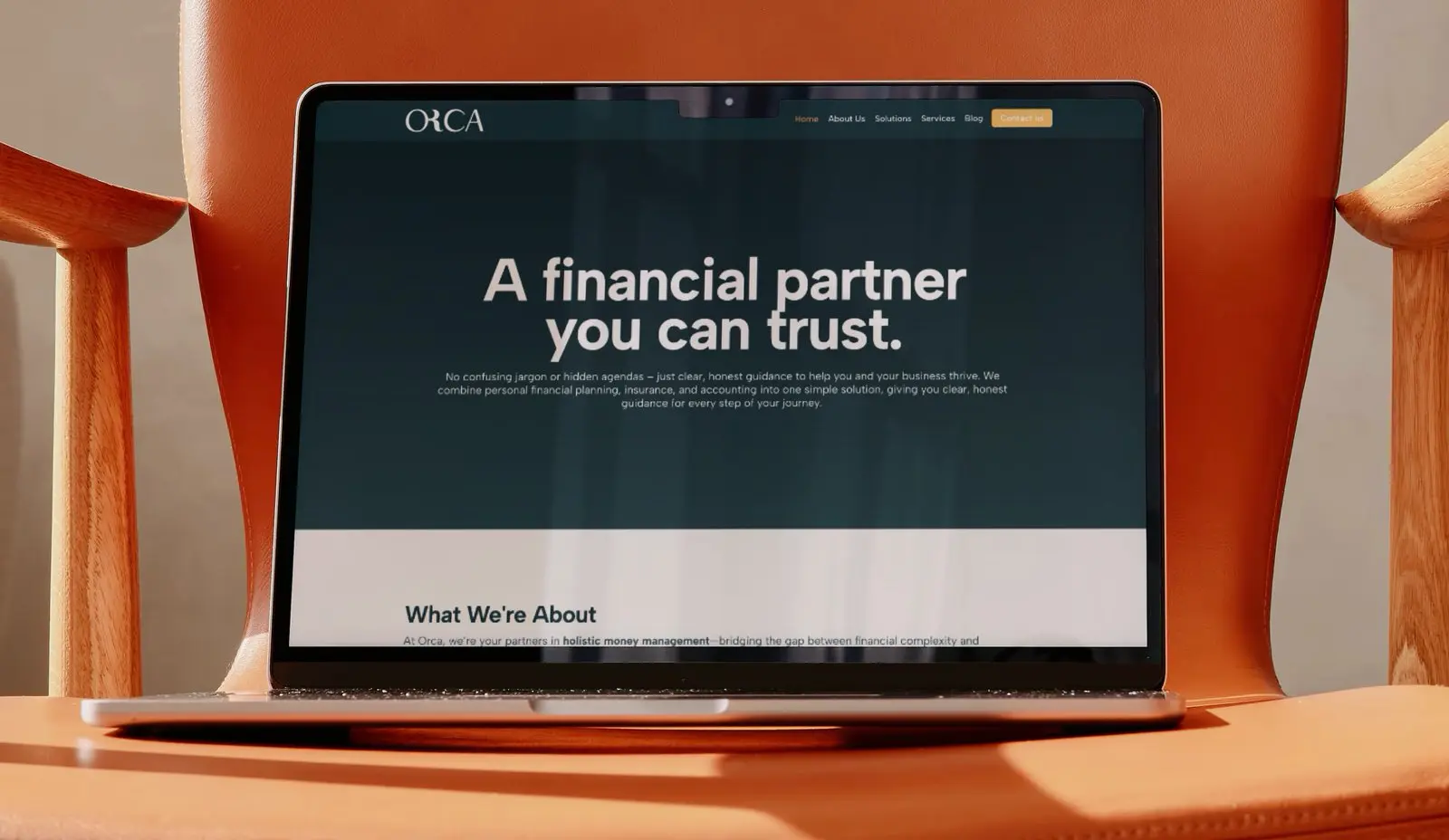

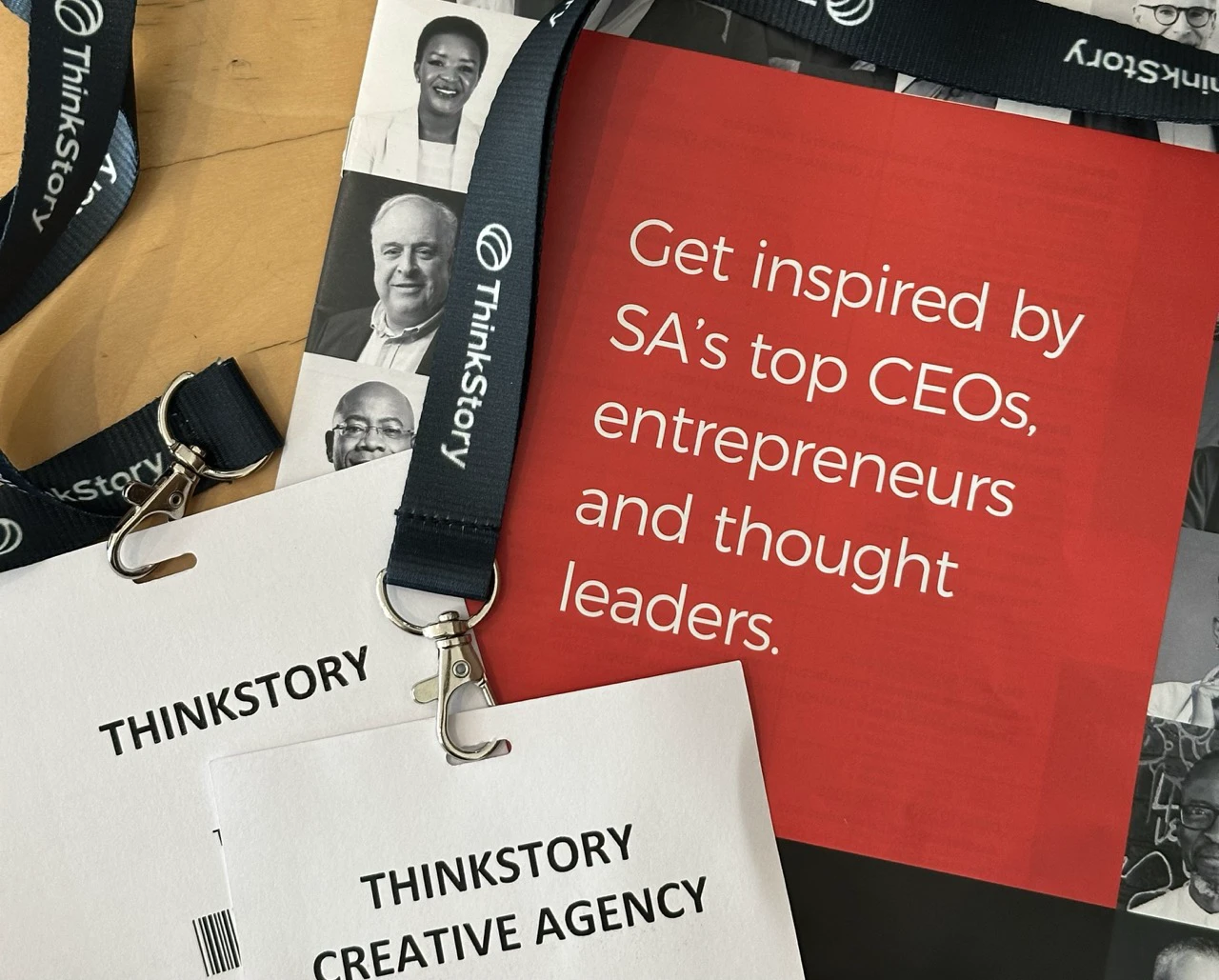

.webp)